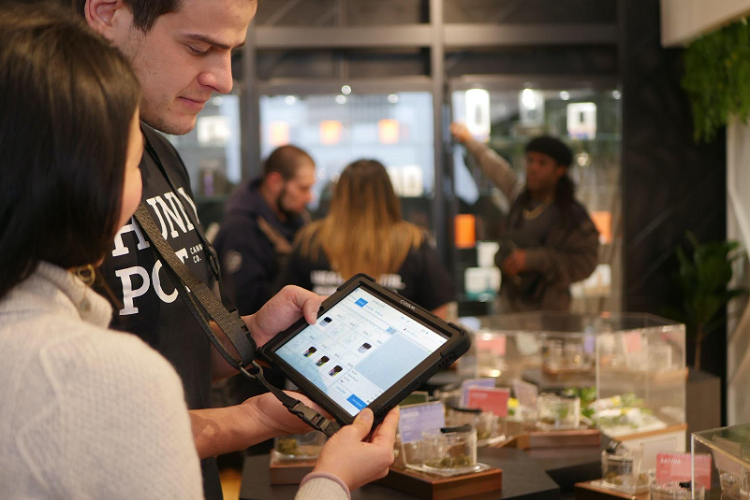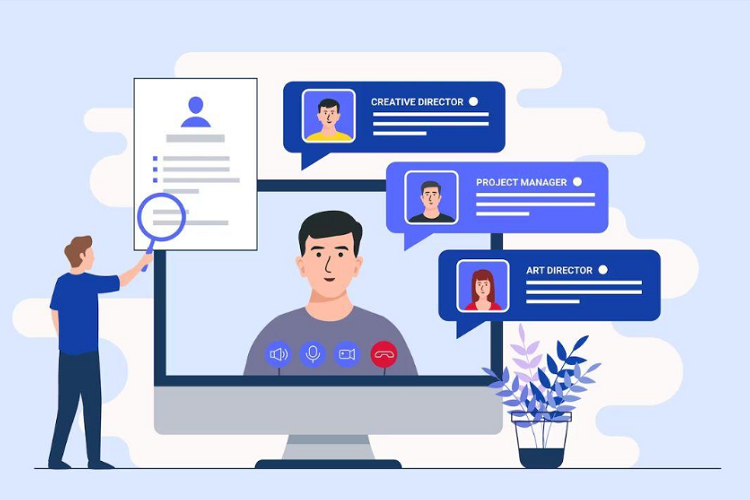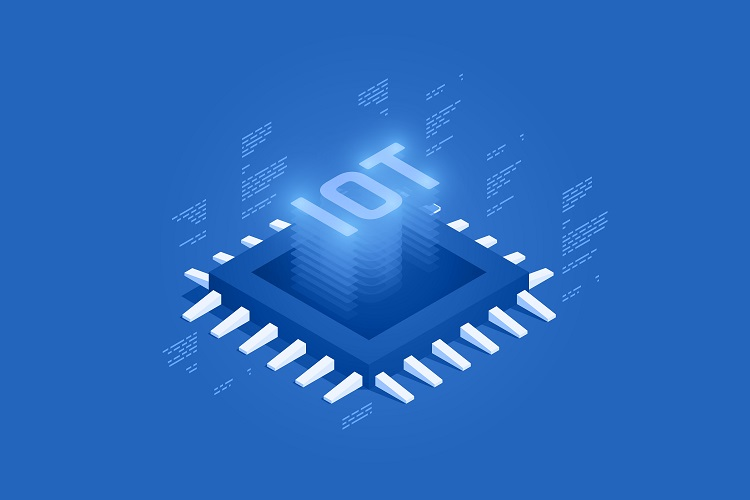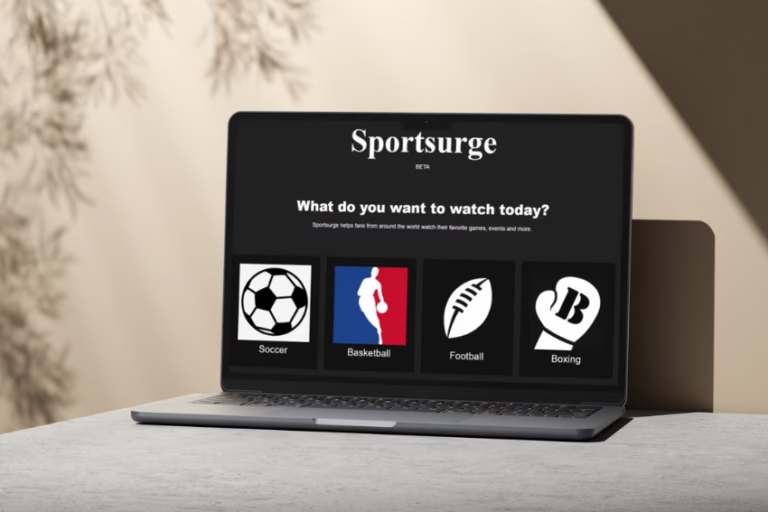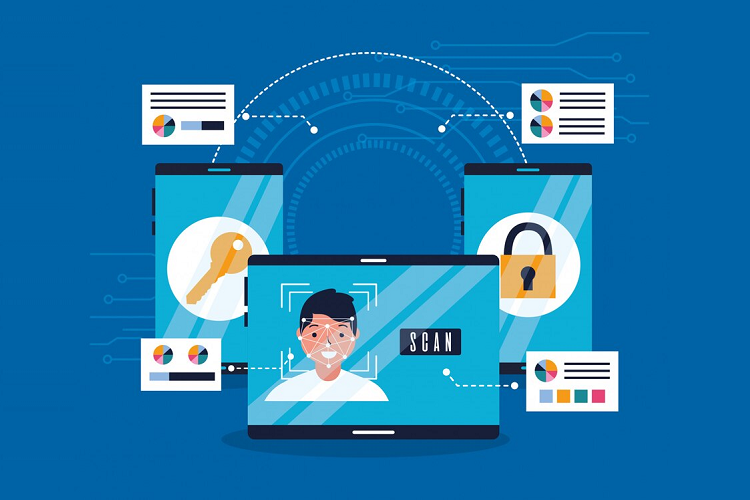An omnichannel experience today is expected to keep pace with some very fast trends, ones that very few business owners have the time or energy to keep up with. If one popular platform is abandoned by the millions tomorrow for a brand-new one, how is it possible to pivot on a dime? While there is no magic wand, there are ways to integrate omnichannel messaging into your marketing strategies to ensure you are less likely to get left behind. We’ll look at how Agile omnichannel software solutions can be adapted to your business.
Real-Time Data Synchronization
Omnichannel software is supposed to make the customer experience the same across all platforms. If data isn’t correct everywhere, it will create a frustrating experience for everyone involved. Real-time data synchronization allows a customer to update their information once, so they don’t have to keep logging into different systems to ensure that their mailing address or phone number is consistent. For an omnichannel experience to work, you should be letting your customer know what their responsibilities are and how the company is doing everything on their end to streamline the process.
Automated Response Systems
Automated response systems aren’t new, but thanks to new virtual tools, the systems are becoming more useful to the customer. No longer do responses simply indicate that a customer has sent a question or made a purchase. You can use this messaging to acknowledge what a customer wants and what’s being done. You can also use it to communicate the brand’s values concisely.
These responses can help establish a connection to the customer and, if the customer has needs that can’t be answered through the website, it can help open the lines of communication for stronger relationships. As new features (e.g., AI chatbots, etc.) debut and improve, you should choose a system flexible enough to adapt.
Messaging Platform Integration
Around 77% of customers are more likely to purchase online if they have access to interactive messaging apps. Whether it’s Facebook or the website, an omnichannel approach should make it easy for customers to get in touch, ask questions, and resolve disputes quickly. Companies like Mitto can help their clients take advantage of available tools, such as WhatsApp, to improve the results of their marketing campaigns. These omnichannel software applications make it easy to send personalized messages, ones that take into account everything from the order history of the buyer to their personal communication preferences.
Cloud Integration
Marketing cloud solutions, such as Salesforce, consolidate information across your marketing campaigns. It allows you to see how campaigns are performing, which makes it easier to adjust them based on the platform or to cut back on efforts that aren’t driving sales. When used for omnichannel experiences, the cloud is inherently agile, built to scale up and down with clients as their marketing needs change. If you’re looking for a company that can do more than show you the basic features, it’s critical to pick a team specializing in this area.
No matter what you want your omnichannel communication to look like, there are customizable APIs available that can be used in any technology stack. These tools are built to work across every stage of the customer journey while bringing your communication tools under one umbrella. This is more than just a standard dashboard though. As customer expectations change based on everything from the industry to shifting values, the technology makes it possible to update your approach so you’re not left behind.

